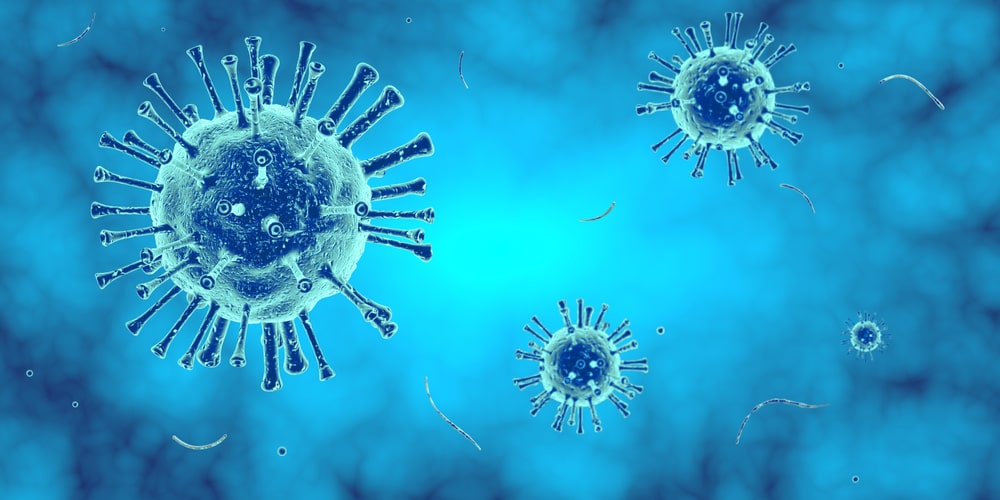Integrated Disease Surveillance Programme (IDSP): The surveillance programme is focused on collecting only the information needed to meet disease control goals. The data requested vary from disease to disease and unique information needs may be needed for certain diseases, requiring specialized systems. Surveillance activities that are well established in one region can serve as a driving force to reinforce other surveillance activities that offer potential synergies and common resources.
Surveillance can be defined as ‘ongoing systematic data collection, analysis and explanation and information distribution to those who need to know to take action.
The Integrated Disease Surveillance Programme is the country’s localized, state-based surveillance programme. It is intended to identify early warning signals of impending outbreaks and to assist in the timely initiation of an effective response.
Elements of Surveillance Activity
Table of Contents
- Analysis and interpretation
- Follow up
- Collection of data
- Feedback from the Programme for Integrated Disease Surveillance
- Compilation of data
Types of Surveillance in Integrated Disease Surveillance Programme (IDSP)
- Syndromic: Knowledge regarding diseases by paramedical staff and community members based on clinical patterns.
- Presumptive: Diagnosis by medical officers on typical history, pattern and clinical examination.
- Confirmed: Positive laboratory investigation confirms the clinical diagnosis by a medical officer.
Functions and Strategies of Integrated Disease Surveillance Programme
- To take advantage of common monitoring roles, expertise tools and target populations, multiple tasks are merged into one integrated activity.
- To integrate both private college and government college with medical colleges.
- The basic organizational unit for combining the functions of surveillance is the district level.
- Make essential data available to track the progress of the ongoing epidemic.
- Help to identify health priority areas where more information is required.
- Improving sub-district mobility and communication.
- State and district epidemiological cell upgrade and computerization.
- Strengthening of state and district level epidemiological capabilities by district RRT (Rapid Responsibility Team) preparation.
- Developing state/district laboratories.
- Clear case definition and reporting mechanism.
- A good network of motivated people.
- In the documentation, minimize duplication.
- Share resources between programmes for disease control.
- Developing/Improving sub-district mobility and communication.
- Efficient communication system.
- Translate surveillance and laboratory data into public health intervention that is specific and timely.
- Distribute resources among disease control programmes.
- Strengthen monitoring at the district level and response to priority diseases.
- Good feedback and rapid response.
- All surveillance activities are coordinated.
Objectives of Integrated Disease Surveillance Programme
- List all conditions under primary health centre surveillance.
- Improve the efficacy of disease prevention systems and promote the exchange of relevant information with different stakeholders so that disease patterns can be identified over time and control strategies evaluated.
- Specify the key targets of the project for integrated disease surveillance.
- Identification of risk factors and developing a hypothesis.
- Limiting mortality and morbidity.
- Allocate funds for health care.
- Prevention of further transmission of disease.
- Formulate prevention and control measures.
- Establish a decentralized system of disease surveillance for timely.
Outcomes of Integrated Disease Surveillance Programme
- Reduction in mortality and morbidity.
- Early detection of outbreaks.
- Minimize economic loss.
- Validation of rectification for regulating minimum standards in the clinical establishment or medical institution.
- Leprosy has been declared eliminated according to the criteria fixed by WHO.
- The integrated disease surveillance programme has been launched but the establishment of National Health Accounts and Health Statistics is still lagging.
- India declared a polio-free country.
- School health programmes in 26 states were initiated.
- Monthly health and nutritional day have been organized in various states.
- Emergency transport systems are operational in 12 states.
- In 310 districts, integrated neonatal and childhood disease management has been established.
- Increase in the number of trained surgeons.
- Increase in cataract surgery rate.
Make sure you also check our other amazing Article on : Pulse Polio Programme
